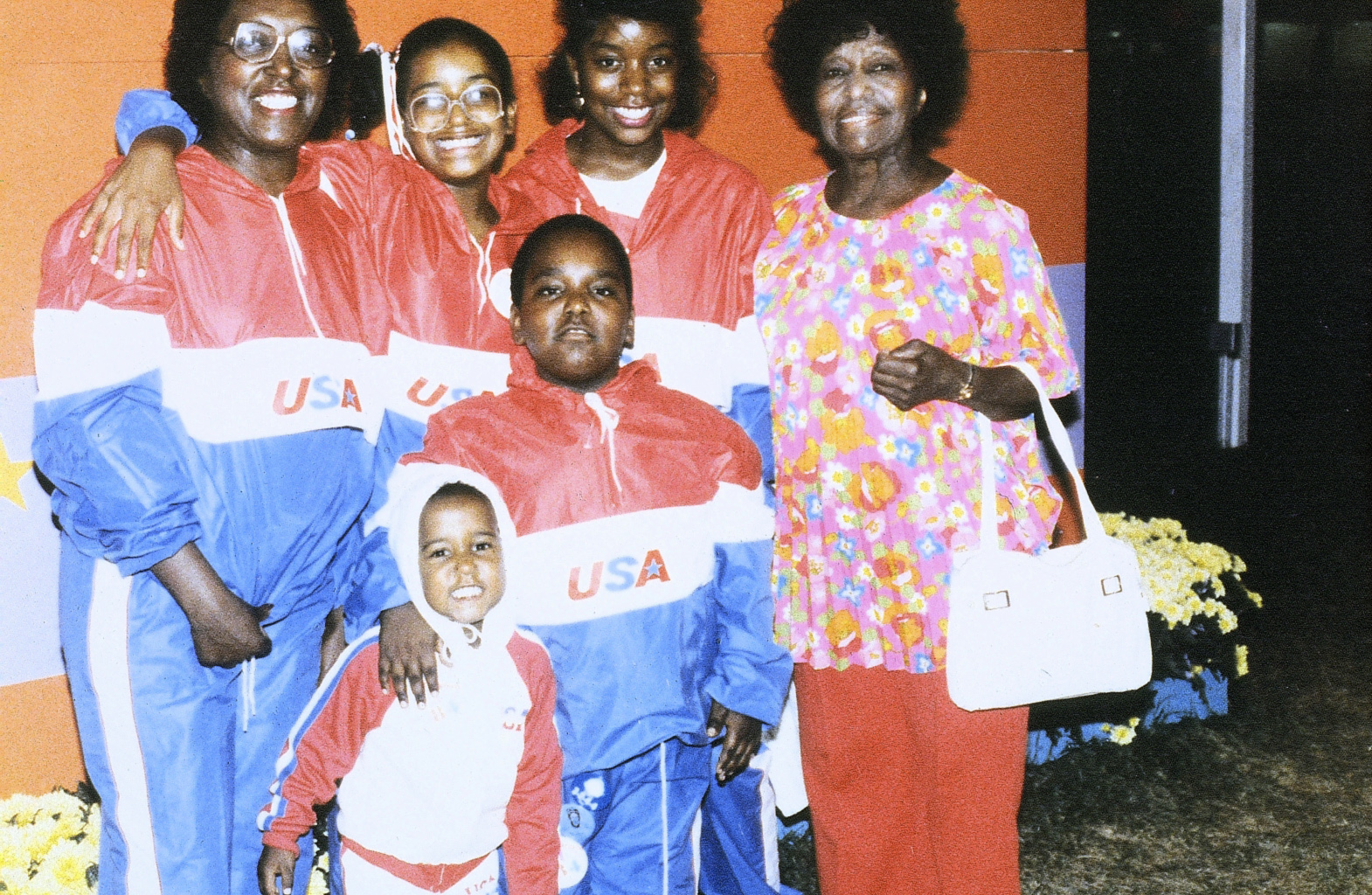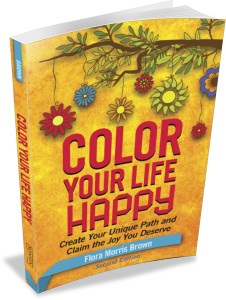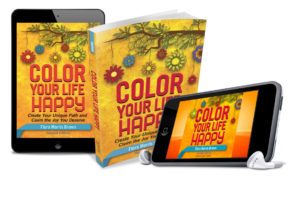
We are checking out the Olympic Village during the 1984 Summer Olympics.
You don’t choose your family. They are God’s gift to you,
as you are to them.
—Desmond Tutu
When I see parents pushing a baby in a stroller, I often wonder if they realize what a precious life they have been given. And more, I wonder if they realize what a tremendous opportunity they have to help this new life grow up to be a joyful, happy, and loving person.
So many of us get caught up earning the money we need to take care of our families that we neglect to devote the time, love, and energy to them that they deserve.
Even as a very young girl, I always expected to have both a family and a career. None of that either/or stuff for me. Growing up watching my mother run a successful home-based beauty shop while she raised three girls probably had something to do with my ambitions. Seeing her play the piano and organ at our church every Sunday, then dash home to cook a scrumptious dinner convinced me that balance was quite doable. I didn’t learn until later that this harmonizing act required skill, determination, and a secret ingredient.
The secret to harmonizing family and career
The secret to harmonizing your family and career is learning to take care of yourself first.
Wait! Don’t panic. I don’t mean you should neglect either your family or ignore your business. I mean you should do the things that make you happy and are important to you, so you feel full. By full, I mean complete, believing that you are enough. When you’re not engaged in satisfying activities, a career you love, and fulfilling your life’s purpose, you will feel an emptiness. Some people try to fill this emptiness with external pleasures like food, drink, drugs, sex, and other risky behavior. Those don’t work. Only by taking care of your needs and pursuing the life you love will you be able to give to your family and others.
Think about this. When airline attendants go through the emergency information just before the plane takes off, they always say, “In the unlikely event of loss of air pressure in the cabin, an oxygen mask will drop down. Put the oxygen mask on yourself first before assisting a child traveling with you.” In other words, you won’t be able to help anyone else if you’re incapacitated. The same thing is true in the rest of your life.
This simple truth applies especially when it comes to harmonizing your family and your career. You must take care of your own physical, psychological, and spiritual health so you’ll be able to work and be there for your family.
But there’s another important reason you should take care of yourself first. Your children, partner, family, customers, and others learn how to treat you based on the way you treat yourself. If you value, honor, and respect yourself, then others will, too.
Make harmonizing family and work a top priority in your life
Until recent years, it was mainly women (but not men) who faced the challenge of harmonizing family and work. That’s because, despite all our modern thinking and open lifestyles, the woman is still expected to bear the major responsibility for maintaining the family and the household—even if she’s a corporate CEO or the first woman elected president of a country. Advice on harmonizing family and work is still addressed to women in publications like Parents Magazine, websites like Working Mother, and increasingly in business publications like Forbes. Fair (2013) breathes fresh air into the parenting advice arena by confessing that it’s impossible to perfectly balance the ups and downs of juggling family and career. Her guilt-free tips urge us not to aim for perfection, but to decide what matters most and is long-lasting for our children, caring for ourselves, and enjoying satisfying careers too.
There’s no question that both family and work are important. Without income from work, the family cannot be housed and fed. But without a harmonious family, the benefits of work are lost. It is the responsibility of both parents, whether one or both have outside jobs, run a business, or stay at home.
Creating harmony is critical to family happiness
We need only to look at the lives of successful celebrity parents to see the struggles and failures disharmony can cause. Perhaps one of the most notable examples of inharmonious parenting was Bing Crosby, famous for his crooning love songs and his smooth rendition of “White Christmas.” As friendly and easy-going as he was on the screen, he was known by friends and others to be a violent, neglectful, and abusive parent to his four sons from his first marriage. After Bing’s death, his oldest son, Gary, wrote a tell-all book, Going My Own Way, about the abuse and neglect he and his brothers suffered. Sometime after the book’s publication, Gary confessed that he exaggerated some of his claims. Two of Gary’s brothers committed suicide and the third one died of a heart attack. Bing Crosby was loved by his fans for the gentle, loving, and happy-go-lucky guy he seemed to be in his songs and movies, but in his most important role—parenting—all the benefits of his fame and wealth seemed lost, at least with his first family.
In his second marriage, Bing was older and spent more time with the children of this marriage. Thus, they remember him with much love and affection. The PBS documentary Bing Crosby Rediscovered neither vilifies Bing nor puts him on a pedestal.
Another celebrity parent, Joan Crawford, was the main character in another famous tell-all book, Mommie Dearest, written in 1978 by her adopted daughter, Christina Crawford, and made into a movie in 1981. According to Christina and her brother, Christopher, Joan Crawford’s bouts with alcohol and men and the stress of her acting career caused her to become abusive. Joan’s obsession with perfection made life unbearable for Christina and her brother as they found they couldn’t live up to their mother’s standards.
While there is much we adults can do to help ourselves overcome sad, abusive, and horrible childhoods, it would clearly be far better to have been nurtured and valued in a loving environment as children. We can do for our children what our parents did not do for us. We can maintain a harmonious family and succeed in a career. This is the toughest harmonizing act in life, and yet many achieve it. How do they do it? Most important, how can you do it?
I’ve already mentioned the importance of taking care of yourself first. What else can you do to ensure that you will be able to harmonize family and career?
Start with intention
I’ve always marveled at the way a cocktail waitress correctly remembers the drink order of each person in a large group without writing it down. When she returns to the table later, she asks who wants a refill, again remembering the drink order of each person. Most amazing is when the party leaves and a new group is seated at the same table, the process starts again. The waitress erases the previous group’s orders from her mental slate and now takes the new drink orders. How is she able to do that? Intention. She plans to remember, has faith that she will remember, and commits to remembering.
To harmonize family and work, you must intend to do so and commit to it. Decide that you want harmony, then be willing to do whatever it takes to bring it about. You can’t approach raising a family and succeeding at work as a “maybe” or a test run. It isn’t a rehearsal. It’s your life, and you must live it full speed ahead if it is to be harmonized and happy.
Give up the if-onlys and what-ifs.
Looking at the present as a reason for not going after what you want is a trap. It holds you back from finding ways to get what you want.
If only I had sent my children to private school, they would have gotten better jobs.
A person who looks backwards is like someone driving forward while looking in the rearview mirror. You are focusing on something you can’t change while ignoring the only time you can change: the here and now.
Use regrets as lessons
If you do find regrets of past actions creeping into your mind today, use those regrets as lessons to help you create a better life now. But also use them to forgive yourself and others. Here how:
- Accept responsibility for the mistake you believe you made, but don’t dwell on it. A problem claimed is a problem that can be reframed. I like to ask myself, “What did I learn from the experience?” as a way to begin healing.
- Give yourself credit for being a caring person. If you didn’t care, you wouldn’t feel guilt, shame, or pain for your behavior. Use your past behavior only as a starting point to build a different future.
- Don’t waste time thinking that forgiveness means condoning mistakes or poor judgment. You’re human and therefore guaranteed to make errors. Forgive yourself so you can heal.
- Imagine what you would say to your best friend if she were in the same situation. Chances are, you would offer her encouragement. Say these words of encouragement to yourself.
- Think of one small step forward you can take. Once you can take one small step forward, you are no longer stuck. Now you are in transition, which is a great place to be.
- Look around you and think about the things in your life you have to be grateful for. Dwell on the fact that there are many in the world who would consider themselves wealthy to have some of the things, relationships, and experiences you take for granted.
- If your regrets linger, get professional help from a therapist, group, spiritual leader, or medical professional. There’s no need to go it alone.
The idea is to work with what you have. You don’t need a mansion, and you don’t need to shower your family with toys and gifts to be happy and successful. Your intention to create harmony in your family is the best start.
What are some ways you can harmonize your family and work? Do you have a tip to add to the ones I shared here? Tell us in the Comments.
[feature_box style=”23″ only_advanced=”There%20are%20no%20title%20options%20for%20the%20choosen%20style” alignment=”center”] 
This is how I begin Chapter 7, Harmonizing Family and Work in Color Your Life Happy: Create Your Unique Path and Claim the Joy You Deserve, 2nd edition. Visit https://coloryourlifehappy.com to to learn more about the book before it is released on Amazon and other major booksellers. [/feature_box]






Recent Comments